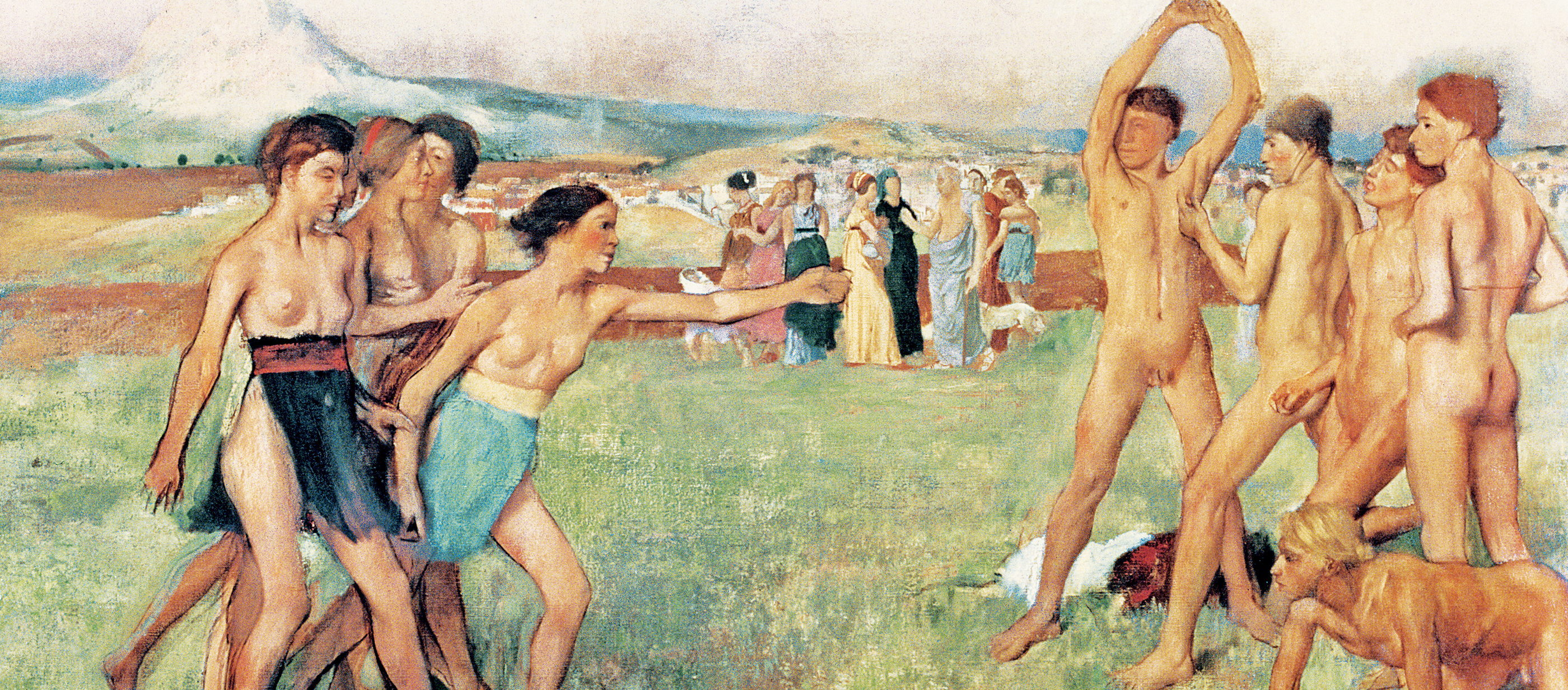The boy is, of all wild beasts, the most difficult to manage.
—Plato, 348 BCVeneration of Youth
Noam Scheiber on cosmetic surgery in Silicon Valley.
Twenty years ago, when Seth Matarasso, a cosmetic surgeon, first opened shop in San Francisco, he found that he was mostly helping patients in late middle age: former homecoming queens, spouses who’d been cheated on, spouses looking to cheat. Today, his practice is far larger and more lucrative than he could have ever imagined. He sees clients across a range of ages. He says he’s the world’s second-biggest dispenser of Botox. But this growth has nothing to do with his endearingly nebbishy mien. It is, rather, the result of a cultural revolution that has taken place all around him in the Bay Area.
Silicon Valley has become one of the most ageist places in America. Tech luminaries who otherwise pride themselves on their dedication to meritocracy don’t think twice about deriding the not-actually-old. “Young people are just smarter,” Facebook CEO Mark Zuckerberg told an audience at Stanford back in 2007. As I write, the website of ServiceNow, a large Santa Clara–based IT-services company, features the following advisory in large letters atop its “careers” page: “We Want People Who Have Their Best Work Ahead of Them, Not Behind Them.”
And so it has fallen to Matarasso to make older workers look like they still belong at the office. “It’s really morphed into, ‘Hey, I’m forty years old, and I have to get in front of a board of fresh-faced kids. I can’t look like I have a wife and two-point-five kids and a mortgage,’” he told me.
Showing up at Matarasso’s office may be an extreme measure for middle-aged workers crazed about their places in the tech sector. But if so, it is only a matter of degree. One thirtysomething told me about a friend at Facebook who half-seriously claims to avoid sun exposure for fear of premature wrinkling. Robert Withers, a counselor who helps Silicon Valley workers over forty with their job searches, told me he recommends that older applicants have a professional snap the photo they post on their LinkedIn page to ensure that it exudes energy and vigor, not fatigue.
The veneration of youth in Silicon Valley now seems way out of proportion to its usefulness. Take Dropbox, which an MIT alumnus named Drew Houston cofounded in 2007, after he got tired of losing access to his files whenever he forgot a thumb drive. Dropbox quickly caught on among users and began to vacuum up piles of venture capital. But the company has never quite outgrown its dorm-room vibe, even now that it houses hundreds of employees in an 85,000-square-foot space. Dropbox has a full-service jamming studio and observes a weekly ritual known as whiskey Fridays. Job candidates have complained about being interviewed in conference rooms with names like “The Break-up Room” and the “Bromance Chamber.” (A spokesman says the names were recently changed.)
Once a year, Houston, who still wears his chunky MIT class ring, presides over Hack Week, during which Dropbox headquarters turns into the world’s best-capitalized rumpus room. Employees ride around on skateboards and scooters, play with Legos at all hours, and generally tool around with whatever happens to interest them, other than work, which they are encouraged to set aside. “I’ve been up for about forty hours working on Dropbox Jeopardy,” one engineer told a documentarian who filmed a recent Hack Week. “It’s close to nearing insanity, but it feels worth it.”
One Friday afternoon in October, I turned up in downtown San Francisco at an apartment that houses a social-media startup with two twentysomething founders. The CEO was incredibly gracious, spending a few hours introducing me to the engineering team and patiently explaining the business. Around seven thirty, one of the employees went out for pizza, and everyone began trickling into the kitchen to wash it back with drinks. It seemed like a wholesome take on the usual Friday-afternoon ritual.
As the room loosened up, a programmer began sparring with a friend over Mitt Romney’s economic plan, rekindling an ongoing debate within the office. “If you’ve been born on third base, you should be taxed more,” he said. The boozy earnestness brought back fond memories, and I wondered if there was something to be said for making the office resemble a dorm room. At which point another long-running debate began to elbow Romney aside. This one was about the anatomy of “midget dildos.” One camp believed little people used regular-sized implements. The other insisted they had miniature versions. Both held their views with impressive conviction. Soon, a debater was illustrating with his hands, and I recalled what an older startup founder with young colleagues had told me a few weeks earlier. “I really believe in private spaces,” he said. It suddenly seemed like deep wisdom.
Just because overt age-discrimination is illegal doesn’t mean it never happens. In 2011, Google settled a multimillion-dollar claim brought by a computer scientist named Brian Reid, who had been fired when he was fifty-four. Reid said colleagues and supervisors had frequently referred to him as “an old man” and “an old fuddy-duddy” whose ideas were “too old to matter.” They allegedly joked that his CD cases should be called LPs. A labor lawyer I spoke with told me he recently got a call from a thirtysomething supervisor at a startup who said her job was at risk because the team she was managing—most of them ten years younger—had rejected her on account of her age. “She was being referred to as a den mother,” says the lawyer. “If no one is following your lead, you’re not much of a supervisor.”

Young Spartans Exercising, by Edgar Degas, c. 1860. National Gallery, London.
Often the discrimination comes veiled in that vaguest of tech-world concepts: culture. Consider a fortysomething engineer who was recently up for a job at a company whose product he suspected I use daily. The engineer believes he aced all his technical interviews, then he Skyped with a young programmer he would be working with. “He basically tried to explain to me that it’s a college mentality. People bring their college buddies in. They run around the office, which is a big converted factory, running after each other with Nerf guns,” says the engineer. “He mentioned the word culture several times.” The engineer quickly deduced that his chances were roughly nil. “I think that was him saying, not in so many words, ‘Dude, you’re too old for us.’”
Even if it’s true that the young are more innovative, it’s not entirely clear that we’d want to elevate them above the rest of us. For one thing, there’s something to be said for marginal improvements, which have worked out quite well in other countries. Ben Hammersley, a programmer and author who has advised the British government on creating a technology hub in London, points out that the incremental model largely explains Germany’s economic strength. “The majority of the German economy is light engineering. It’s family-owned businesses engaged in long-term planning,” he says. “‘We’re going to be around for another hundred years. What can we do to make a 5 percent improvement every year?’” By contrast, he says, economies that embrace the Silicon Valley model writ large—throwing massive amounts of money at highly speculative investments—are suspiciously bubble-prone.
And then there is the question of what purpose our economic growth actually serves. The most common advice venture capitalists give entrepreneurs is to solve a problem they encounter in their daily lives. Unfortunately, the problems the average twenty-two-year-old male programmer has experienced are all about being an affluent single guy in Northern California. That’s how we’ve ended up with so many games (Angry Birds, Flappy Bird, Crappy Bird) and all those apps for what one startup founder described to me as cooler ways to hang out with friends on a Saturday night.
The whole premise of youthful innovation isn’t even true. It turns out older people have historically been just as “disruptive” as younger people. A 2005 paper by Benjamin Jones of the National Bureau of Economic Research studied Nobel Prize winners in physics, chemistry, medicine, and economics over the past hundred years, as well as the inventors of revolutionary technologies. Jones found that people in their thirties contributed about 40 percent of the innovations, and those in their forties about 30 percent. People over fifty were responsible for 14 percent, the same share as the twentysomethings. Those under the age of nineteen were responsible for exactly nothing. One study found that even over the last ten years—the golden age of the prepubescent coder, the youth-obsessed venture capitalist, and the consumer Internet app—the average age of a founder who could claim paternity for a billion-dollar company was a rickety thirty-four.
Originally appeared in The New Republic, April 7, 2014. © 2014, The New Republic. Used with permission of The New Republic.

Noam Scheiber
From “The Brutal Ageism of Tech.” Paul Graham, founder of the startup incubator Y Combinator, suggested in 2013 that venture capitalists share the youth bias: “The cutoff in investors’ heads is thirty-two. After thirty-two, they start to be a little skeptical.” He added, “I can be tricked by anyone who looks like Mark Zuckerberg. There was a guy once who we funded who was terrible. I said: ‘How could he be bad? He looks like Zuckerberg!’” Scheiber is a senior editor at The New Republic and the author of The Escape Artists: How Obama’s Team Fumbled the Recovery.
